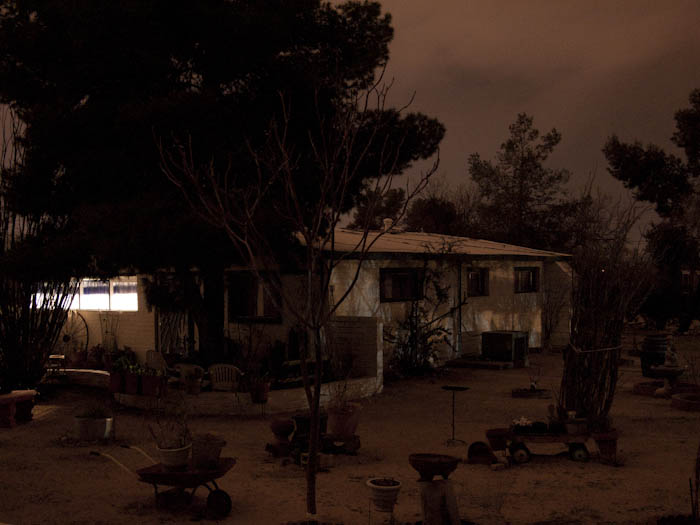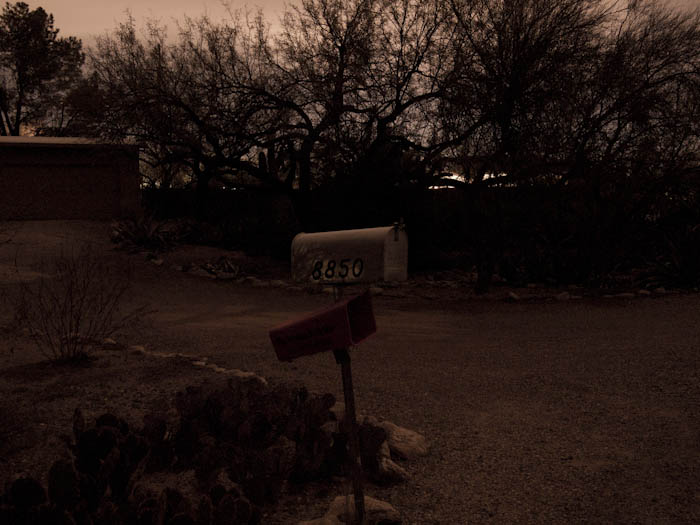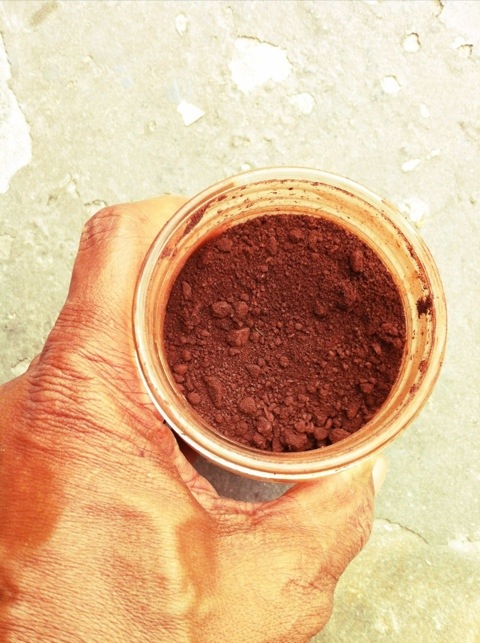DIRT Yuta Suelo Udongo Tè
curated by Onajide Shabaka
[curator’s soundings…] [Exhibition images] [Exhibition Catalogue] [New Times & Video coverage]

Exhibition Venue:
Spear Building
3815 NE Miami Court
Miami Design District 33137
Weekdays: Tue, Fri, & Sat 12 noon-6 pm
(also by appt. editor@miamiartexchange.com)
press release
The participating artists:
Dona Altemus – mixed media
Edouard Duval Carrié – painting
Robert Chambers – mixed media
william cordova – mixed media
Veronica Scharf Garcia – ceramic sculpture, photography
Mark Hahn – photography
Alette Simmons Jimenez – mixed media
Lori Nozick – sculpture
Kim Nicolini – photography, drawing
David Rohn – photography, performance
Onajide Shabaka – mixed media, drawing
Jovan Karlo Villalba – painting, sculpture
Debra Wilk – poetry
Dona Altemus work portrays the constant process of deciphering, while simultaneously sublimating the intellectually intangible action of thinking into form. Jovan Karlo Villalba’s, “The Wake,” comments on the negative effects present-day civilization land as well as the personification of today’s man – worn and fallen. Veronica Scharf Garcia’s Raku Salver, a tray used by a servant to present a letter or card but instead carries a mound of dirt that seems to refer to geophagy. Geophagy is a traditional cultural activity which takes place during pregnancy, religious ceremonies, or as a remedy for disease. Kim Nicolini’s Dirt Yards At Night photographs focus on houses in the very unique landscape of Tucson, Arizona – a town where most of the yards are comprised of dirt and in which there are no streetlights. Nicolini been intrigued by the way these houses look at night, the way small signs of domestic life glow faintly in a sea of darkness and dirt. The photographs are like frames from a film of the domestic unconscious. Also of Arizona, Mark Hahn’s photographs reside between the known, the unknowable, the familiar and the new while focusing on unremarkable objects and the empty spaces between them revealing a fragile compositional and emotional balance. Onajide Shabaka’s art practice makes references to the anthropological, geological, and biological through a visual aesthetic that is challenging and visceral, with a grounding in African Atlantic culture. Alette Simmons Jimenez’s art addresses the significance of human existence with undertones of absurdity that play along as humanity attempts to balance negotiations with nature. Lori Nozick creates environmental installations with architectural and organic structures that refer to social and geological changes, both physically and symbolically, that also function as repositories of individual and collective moments and memory. Edouard Duval Carrié’s art reflects the culture and history of Haiti with references to the Vodou religion. His work is often overtly political, executed in attempts to embody his nation’s spirit and its troubles with an attitude that is neither detached nor ironic. Robert Chambers finds himself constantly toying with visual connections between science and art, forcing them into a realm of senselessness and chaos. This work stimulates viewers into constructing their own understanding of contemporary concerns and questions which may be used as an impetus to encourage associations between disparate entities. william cordova says he has an urgent desire to create alternate perspectives. “Conscious change only occurs when we change our perspective,” he says. As a life long gardener, Debra Wilk finds nothing about dirt derogatory. She wonders how dirt become a lowly condition, and her prose poem DIRT, takes that path. Dirt changes metaphor, from a blessing of sustenance to a lowly human condition. She sees the many layers of perspective about dirt, as metaphor and experience.
“THE BLOOMING”
for Stephen Wright
A giving light
Lends
To the earth
Leaves a winter’s thaw
And weaves
A summer’s sweat
Tends
With touch persistent
Returns
With Colour
The honesty of dirt
“DIRT”
What do you do with a bad mother? A mother so old there’s no way things will turn out different. She dies and it’s official. A mother who knew what she was talking about when she told us we were never wanted. No, that’s not exactly true—what she said was she never wanted children. Not as personal. Hang on to ambiguous details. You love her. She wasn’t evil. Evil doesn’t teach her young not to hate—doesn’t forbid words like nigger and spic. She didn’t beat but she didn’t hug. Her eyes never lit up when her child entered the room. She colored eggs for Easter. Filled baskets full of sweets. Poured Tide in her little girls tub when they played in the mud—soft places numb with pain too at home to invoke an honest scream. Little girls become women; retell their secret stories just between them—they drink. The stories are funny and the bar is noisy. Alone in bed they cry and hate her—wake up filled with guilt and self loathing. One sister stops bathing and the other scrubs every inch—starves herself thin. One sister eats and eats. Sometimes they reverse. Each child holds one secret they never tell. One shovel digs. The other buries.
Debra Wilk
reception images




Historical Information on the specific origin of dirt: Ely (pron.: /ˈiːli/ ee-lee) is a city in Saint Louis County, Minnesota, United States. It was once named “Que Quam Chep”, which means “land of the berries” in the Chippewa language. The population was 3,460 at the 2010 census.[6] It is located in the Vermilion Iron Range, and was historically home to several Iron ore mines.
Chippewa, or the Ojibwe, were the first to inhabit the Ely area. They are believed to have sought refuge with the abundance of blueberries. Trappers and voyageurs made their way to the area in the 18th century in search of new land and furs. Later, in the mid-19th century, while explorers and prospectors were entering the area, the gold rush began. Although no gold was found in the Ely area, large deposits of iron ore were. Iron ore was first discovered in Ely in 1883, near the west end of the flooded, abandoned mine that is now called Miner’s Lake. As the mining of the iron ore began, the population of Ely began to boom.
After the addition of the railroad in 1888, the mines began shipping the iron ore to the docks of Lake Superior in Two Harbors. Originally, the mining was an open pit operation since there was an abundance of iron ore on the surface. Later, deep shafts were made to start mining underground. With the addition of underground mining, support beams made of logs were put in to prevent tunnel collapsing. This in turn started the logging and milling industry for Ely.
——————————









